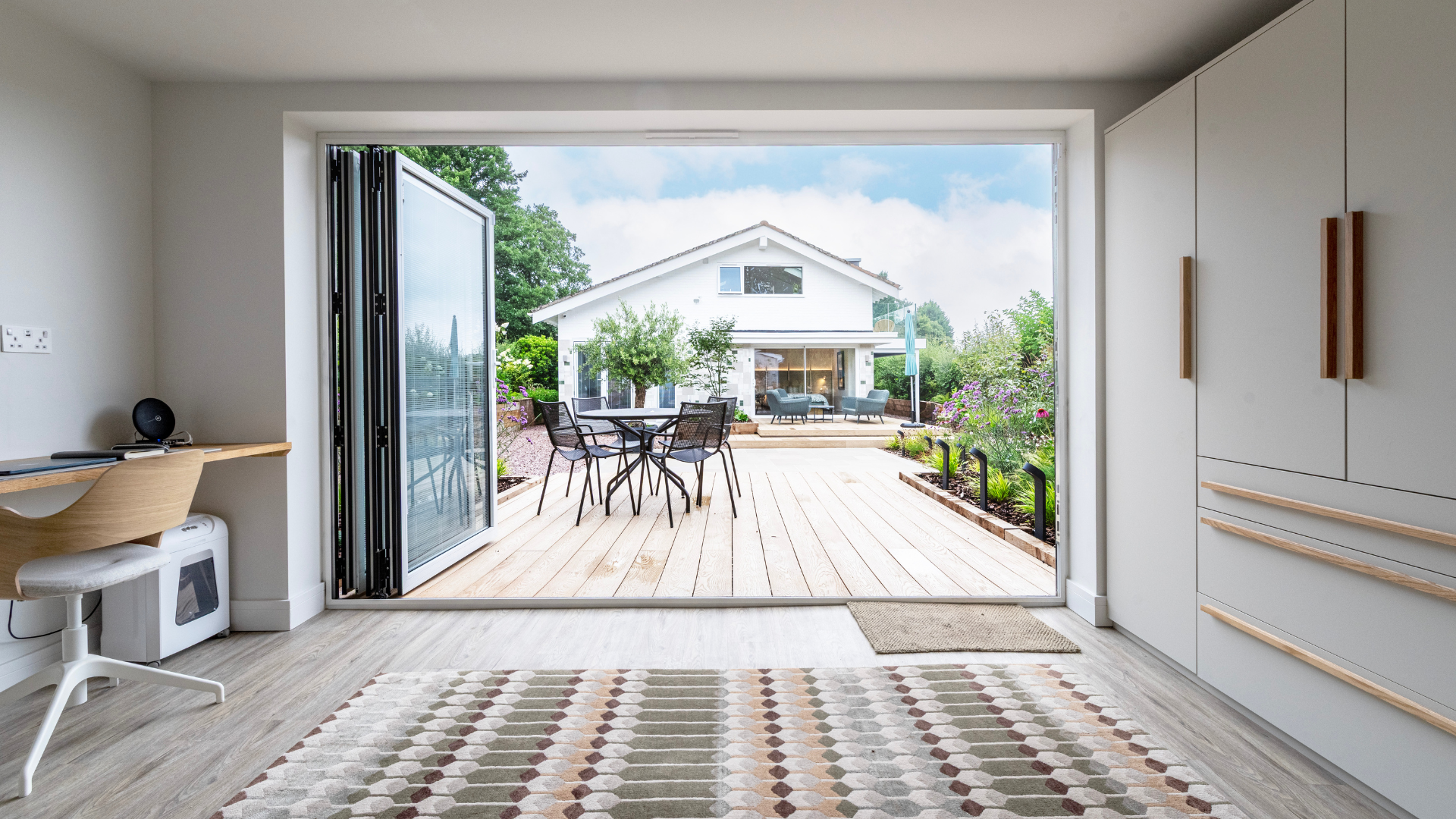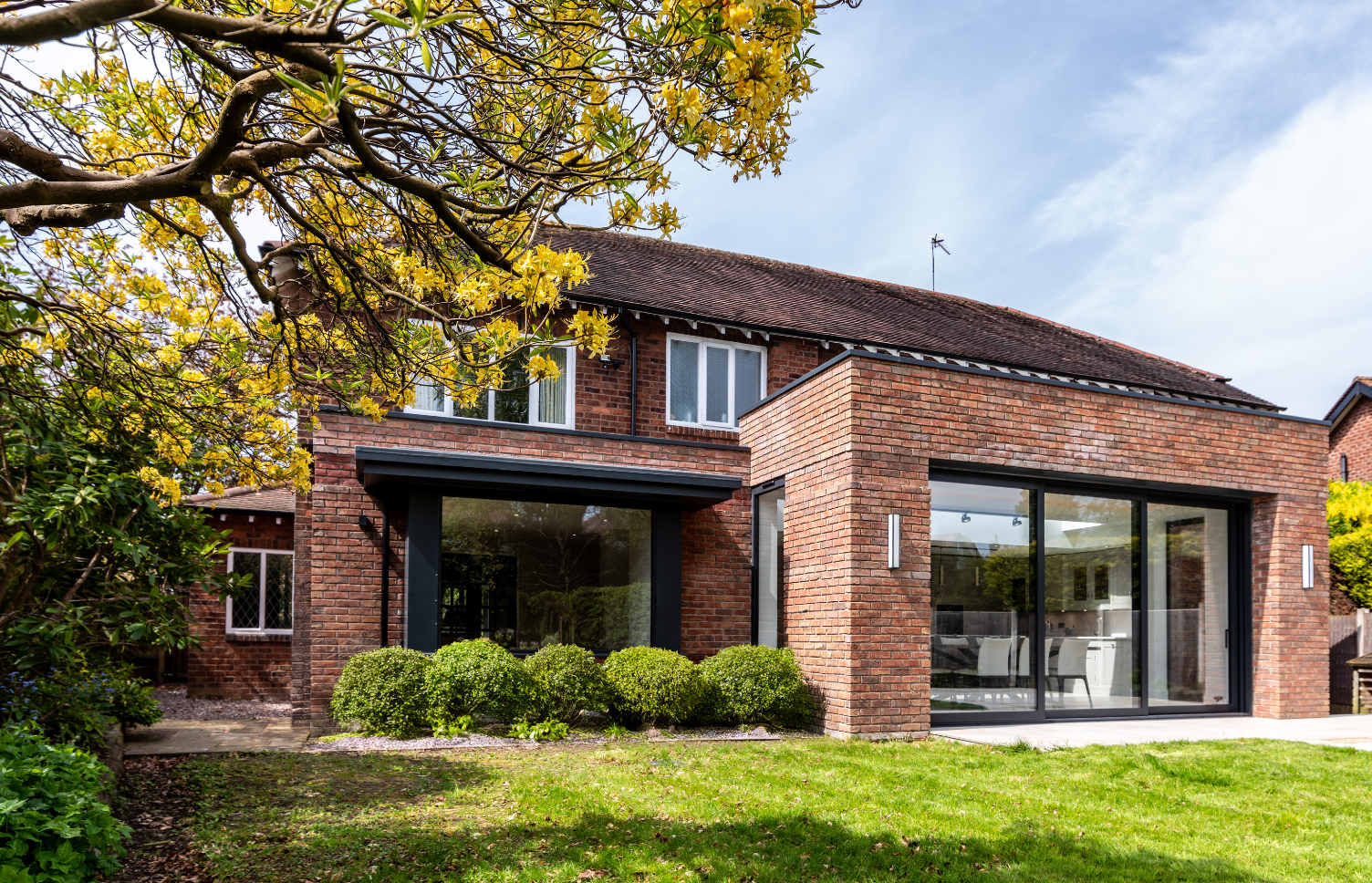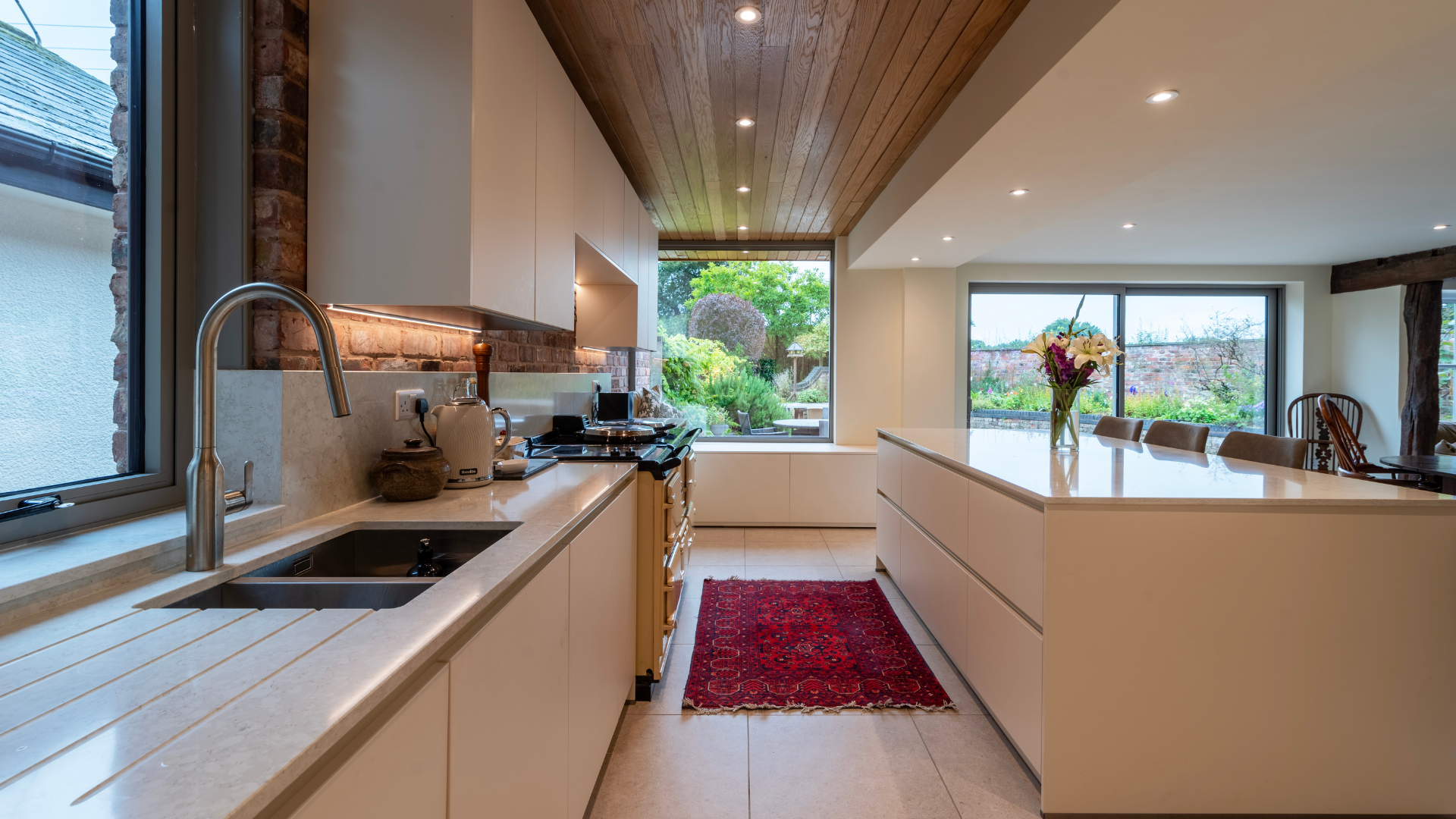
With our summers becoming increasingly warmer, creating homes that remain cool and comfortable requires thoughtful design and careful planning.
At Kimble Roden, architecture isn’t just about aesthetics - it’s about creating environments that perform in real life.
In our latest blog we discuss why ‘cool solutions’ are so important - using smart, well-planned design strategies to help homes stay comfortable and efficient during the more frequent and intense heatwaves we’re experiencing.
Passive Cooling from the Ground Up
Start with thoughtful orientation and layout.
South‑facing windows with proper shading and cross‑ventilation can reduce heat gain while bringing in cooling breezes.
Courtyards can help channel airflow through the home.
Light-coloured external finishes and green roofs (a roof that’s partially or completely covered with vegetation, planted over a waterproof membrane) reflect heat rather than absorbing it.
Well‑Designed Overhangs and Screens
Integrated deep overhangs or brise‑soleil across façades act as passive sun protection - minimising solar gain in summer while still offering natural light and summer shade. Perforated screens or fixed timber louvres provide daylight and fresh air, with privacy and visual interest.
.png)
Interior Strategies for Comfort
At Kimble Roden we often use flexible layout planning.
Sliding doors and internal screens help regulate airflow and light, zoning interior spaces to avoid overheating.
Night purging - in which cooler evening air flushes out built-up warmth - works especially well when doors and windows align properly.

Landscape as Passive Cooling
Outdoor planting isn’t just about aesthetics - there’s also a practical angle to it too.
Strategic tree placement, climbing greenery and pergolas cast shade and reduce the surrounding microclimate temperature. A breeze-cooled courtyard or courtyard pond can significantly cool adjacent rooms in summer.

Energy Efficiency and Mechanical Backup
While passive design is the first line of defence, it’s also wise to support homes with efficient mechanical systems.
Cool Solutions could integrate discreet, energy-efficient cooling systems - fans, heat-recovery ventilation, or air-conditioning zoned only for the rooms that need it.
Solar shading can be enhanced with smart controls or louvres to adapt to changing sun angles.
Material Choices That Cool the Home
Natural materials with good thermal mass - such as masonry, stone or engineered timber - help even out daily temperature swings. Pair these with high-quality insulation and airtight detailing to keep heat out and conditioned air in.
Meanwhile, ventilated façades and breathable fabrics within the home support natural cooling.

Why Cool Solutions Leads the Way
As heatwaves become more frequent, clients demand homes that stay cool, comfortable, and energy-conscious.
Integrating cool solutions is increasingly becoming a core design feature.
It’s architecture with measurable impact: reducing energy bills, improving lifestyles.
Closing Thoughts
Mitigating heat isn’t merely a response to changing climate - it’s an opportunity to design better, smarter, more comfortable homes.
At Kimble Roden we believe great architecture combines beauty with performance.
By embracing cooling strategies, we are helping to redefine luxury living for a warmer world, helping future‑facing clients feel both cool and confident in their homes.
If you’d like to explore how these principles could be tailored to your project or home,
please call us on 01625 402442 or email us for a free initial consultation.
A Vision Inspired by Outstanding Design